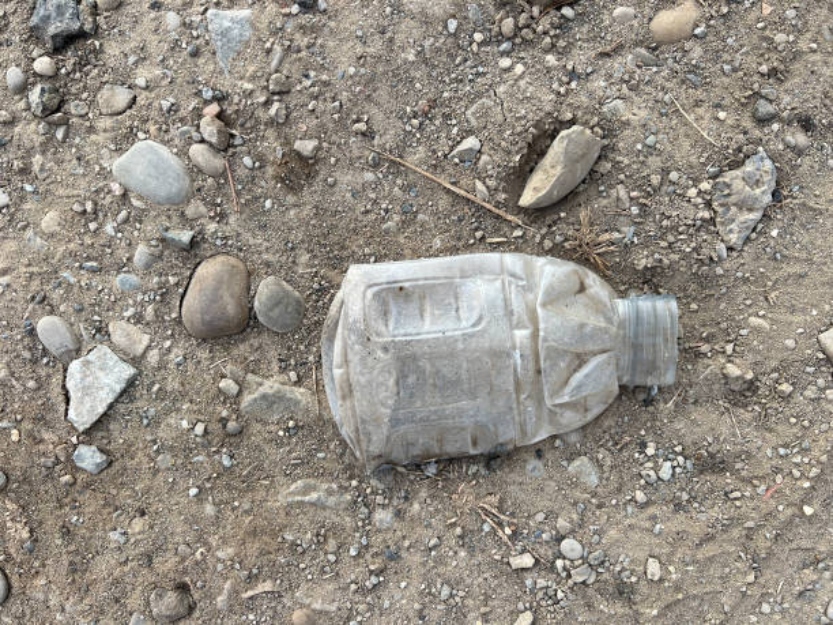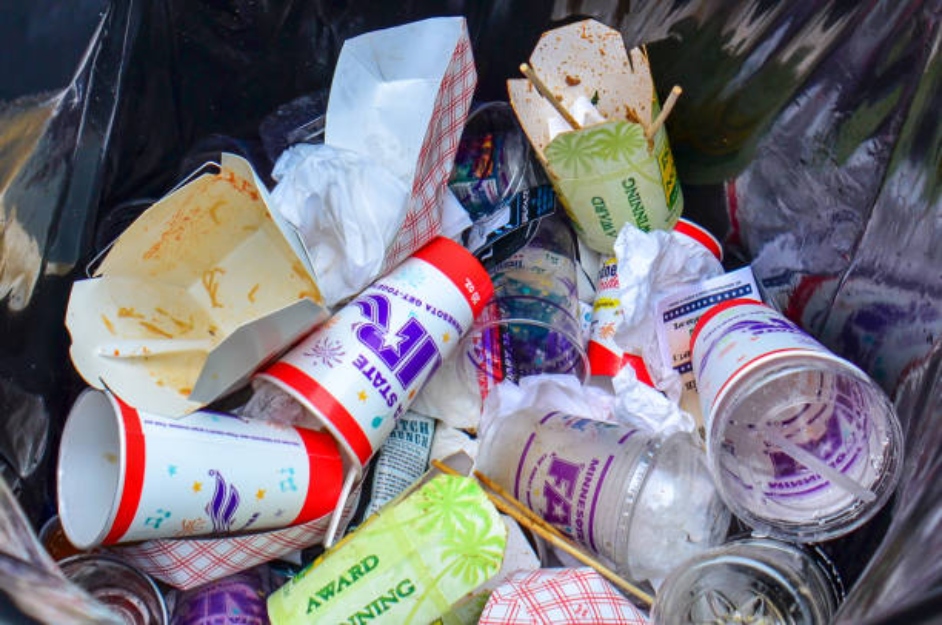
Over the past year, legislative efforts to restrict per- and polyfluoroalkyl substances (PFAS) have gained significant momentum. Known as “forever chemicals” due to their resistance to breaking down in the environment, PFAS have been linked to various health risks, including cancer, liver damage, and reproductive issues. At least 16 U.S. states are now enforcing or planning bans on these chemicals in common household products, raising questions about what items might soon disappear from store shelves.
What Are PFAS?

PFAS are synthetic chemicals used in a range of products for their water- and grease-resistant properties. Found in everything from non-stick cookware to waterproof clothing, they have become a staple in modern manufacturing. However, their persistence in the environment and human body has led to increasing scrutiny from regulators.
The Broader Environmental Impact

Beyond household goods, PFAS contamination has been detected in water supplies nationwide. The U.S. Environmental Protection Agency (EPA) recently established stricter guidelines for PFAS levels in drinking water. This regulatory push has led to significant cleanup initiatives, especially in states like Michigan and Vermont, where PFAS contamination has affected communities
Maine and Minnesota

Maine and Minnesota are at the forefront, enacting some of the most comprehensive bans. Starting in 2025, both states will prohibit the sale of products like cookware, cleaning supplies, cosmetics, and textiles that contain intentionally added PFAS. These bans aim to reduce long-term exposure and prevent contamination of soil and water
California’s Delayed Action

California, despite its progressive environmental policies, has faced delays. Recent legislative attempts to broaden PFAS restrictions in products like artificial turf and menstrual products were vetoed or stalled. However, enforcement models are in development, potentially paving the way for stricter regulations in the future
Non-Stick Cookware

One of the most ubiquitous PFAS-containing products is non-stick cookware. Many brands use PTFE (a type of PFAS) to achieve their signature easy-release surfaces. With states like Maine banning these products, manufacturers are racing to develop safer alternatives.
Water-Resistant Clothing

PFAS are also prevalent in outdoor gear and water-resistant clothing. Brands that rely on these chemicals for durability and protection against the elements are being forced to reconsider their formulations as regulatory deadlines approach
Cosmetics and Personal Care

PFAS have been found in a surprising array of personal care items, including foundation, mascara, and dental floss. Some manufacturers argue that alternatives compromise product performance, but public pressure and legal mandates are driving innovation
The Legal Landscape

Recent federal and state lawsuits highlight the financial risks for companies tied to PFAS contamination. For example, Minnesota’s food packaging ban took effect this year, prohibiting PFAS in any packaging sold within the state. Such bans not only safeguard consumers but also reduce waste contamination at landfills
What This Means for Consumers

While these bans promise long-term health and environmental benefits, they also signal changes in product availability and potentially higher costs. Consumers may see fewer non-stick pans or waterproof jackets as manufacturers reformulate or withdraw products.
Industry Response

Some companies are proactively removing PFAS from their products to stay ahead of regulations. Others are lobbying for leniency, arguing that alternatives either don’t exist or are not yet commercially viable.
The Road Ahead

As more states join the movement, the pressure on federal agencies like the EPA increases. In 2024, the EPA designated certain PFAS as hazardous substances, enabling quicker responses to contamination. This action complements state efforts and adds another layer of compliance for industries
What You Can Do

Consumers can play a crucial role by staying informed and opting for PFAS-free products. Look for certifications like “PFC-Free” or “Green Seal” when shopping for cookware, cosmetics, or textiles. The push to eliminate PFAS from household products represents a significant shift in consumer safety and environmental policy. With 16 states already on board and more likely to follow, now is the time for consumers and manufacturers alike to prepare for a PFAS-free future.
Stay connected with us for more stories like this! Follow us to get the latest updates or hit the Follow button at the top of this article, and let us know what you think by leaving your feedback below. We’d love to hear from you!







